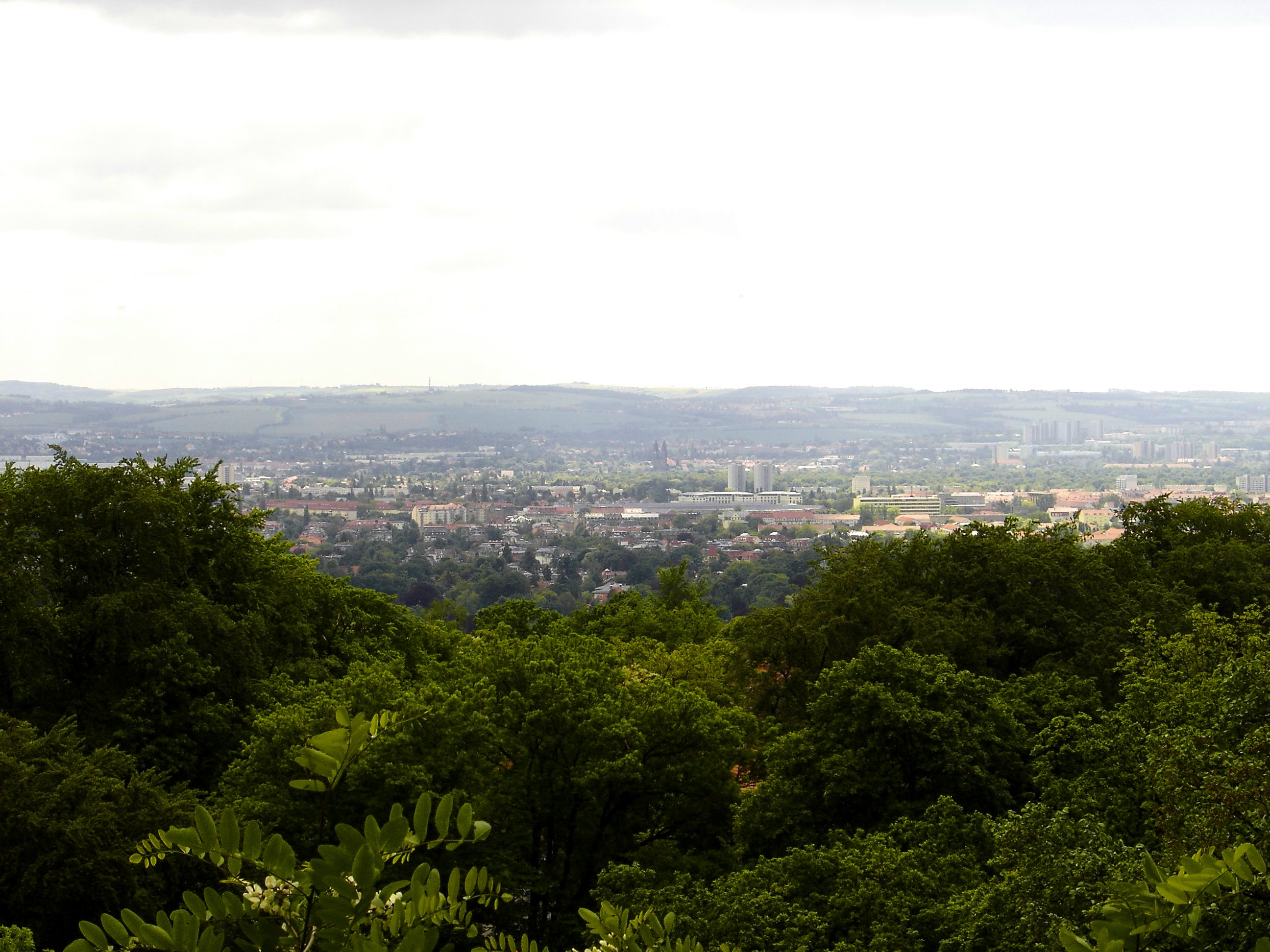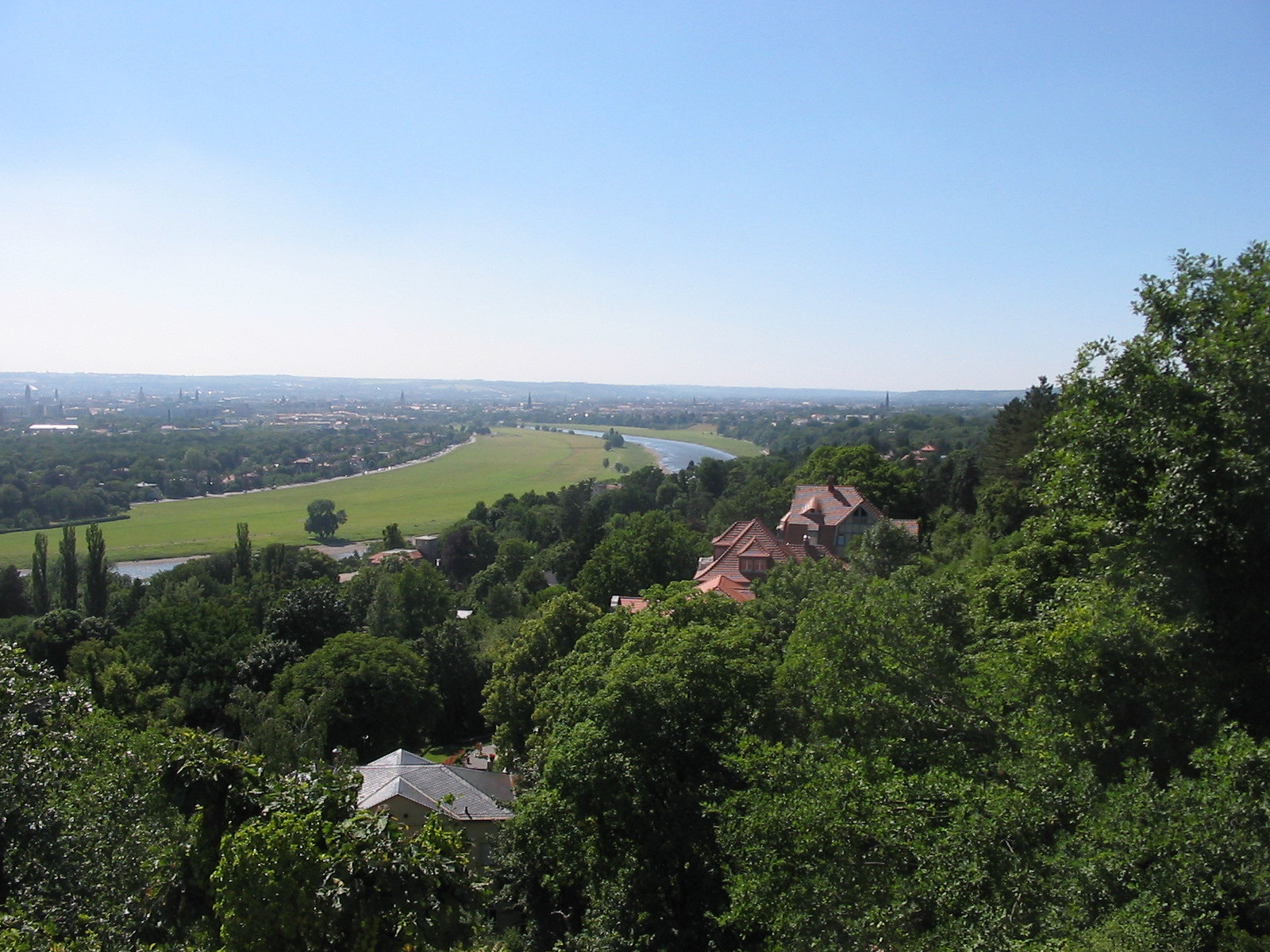Dresden Basin on:
[Wikipedia]
[Google]
[Amazon]
 The Dresden BasinDickinson (1964). pp. 624-625. (german: (Dresdner) Elbtalkessel or ''Dresdner Elbtalweitung'') is a roughly 45 km long and 10 km wide area of the
The Dresden BasinDickinson (1964). pp. 624-625. (german: (Dresdner) Elbtalkessel or ''Dresdner Elbtalweitung'') is a roughly 45 km long and 10 km wide area of the



 The Dresden Basin is formed by the foothills and flanks of the Eastern Ore Mountains and western
The Dresden Basin is formed by the foothills and flanks of the Eastern Ore Mountains and western
 The Dresden BasinDickinson (1964). pp. 624-625. (german: (Dresdner) Elbtalkessel or ''Dresdner Elbtalweitung'') is a roughly 45 km long and 10 km wide area of the
The Dresden BasinDickinson (1964). pp. 624-625. (german: (Dresdner) Elbtalkessel or ''Dresdner Elbtalweitung'') is a roughly 45 km long and 10 km wide area of the Elbe
The Elbe (; cs, Labe ; nds, Ilv or ''Elv''; Upper and dsb, Łobjo) is one of the major rivers of Central Europe. It rises in the Giant Mountains of the northern Czech Republic before traversing much of Bohemia (western half of the Czech Repu ...
Valley between the towns of Pirna
Pirna (; hsb, Pěrno; ) is a town in Saxony, Germany and capital of the administrative district Sächsische Schweiz-Osterzgebirge. The town's population is over 37,000. Pirna is located near Dresden and is an important district town as well as ...
and Meißen
Meissen (in German orthography: ''Meißen'', ) is a town of approximately 30,000 about northwest of Dresden on both banks of the Elbe river in the Free State of Saxony, in eastern Germany. Meissen is the home of Meissen porcelain, the Albrech ...
.Elkins (1972), pp. 293-4. The city of Dresden
Dresden (, ; Upper Saxon: ''Dräsdn''; wen, label=Upper Sorbian, Drježdźany) is the capital city of the German state of Saxony and its second most populous city, after Leipzig. It is the 12th most populous city of Germany, the fourth larg ...
lies in the Dresden Basin.
Geography



 The Dresden Basin is formed by the foothills and flanks of the Eastern Ore Mountains and western
The Dresden Basin is formed by the foothills and flanks of the Eastern Ore Mountains and western Lusatian Highlands
The Lusatian Highlands''Upper Lusatia''
at www.silvaportal.info. Accessed on 10 July 20 ...
and the northwestern slopes of at www.silvaportal.info. Accessed on 10 July 20 ...
Saxon Switzerland
Saxon Switzerland (german: Sächsische Schweiz) is a hilly climbing area and national park around the Elbe valley south-east of Dresden in Saxony, Germany. Together with the Bohemian Switzerland in the Czech Republic it forms the Elbe Sands ...
. Geologically it is a rift valley
A rift valley is a linear shaped lowland between several highlands or mountain ranges created by the action of a geologic rift. Rifts are formed as a result of the pulling apart of the lithosphere due to extensional tectonics. The linear dep ...
and its most important river, the Elbe
The Elbe (; cs, Labe ; nds, Ilv or ''Elv''; Upper and dsb, Łobjo) is one of the major rivers of Central Europe. It rises in the Giant Mountains of the northern Czech Republic before traversing much of Bohemia (western half of the Czech Repu ...
flows through it in wide meander
A meander is one of a series of regular sinuous curves in the channel of a river or other watercourse. It is produced as a watercourse erodes the sediments of an outer, concave bank ( cut bank) and deposits sediments on an inner, convex bank ...
s. The region
In geography, regions, otherwise referred to as zones, lands or territories, are areas that are broadly divided by physical characteristics (physical geography), human impact characteristics (human geography), and the interaction of humanity and t ...
is climatically milder than the surrounding area, so that on the northern slopes of the hills vineyard
A vineyard (; also ) is a plantation of grape-bearing vines, grown mainly for winemaking, but also raisins, table grapes and non-alcoholic grape juice. The science, practice and study of vineyard production is known as viticulture. Vineyards ...
s may be cultivated (Saxon Wine Route). In addition, there is intensive fruit farming. The valley climate is significantly drier (average annual precipitation below 700 mm) and warmer (average air temperature 8.5 °C, in Dresden city centre 9.9 °C) than the surrounding hills. The region was settled early due to the fertile soils (loess
Loess (, ; from german: Löss ) is a clastic, predominantly silt-sized sediment that is formed by the accumulation of wind-blown dust. Ten percent of Earth's land area is covered by loess or similar deposits.
Loess is a periglacial or aeolian ...
) and the easy river crossings and achieved worldwide importance from a cultural and historical perspective. Today the Dresden conurbation almost entirely fills the basin.
Parts of the Dresden Basin near the Elbe (the Dresden Elbe Valley
The Dresden Elbe Valley is a cultural landscape and former World Heritage Site stretching along the Elbe river in Dresden, the state capital of Saxony, Germany. The valley, extending for some and passing through the Dresden Basin, is one of two m ...
) were given World Heritage Site
A World Heritage Site is a landmark or area with legal protection by an international convention administered by the United Nations Educational, Scientific and Cultural Organization (UNESCO). World Heritage Sites are designated by UNESCO for h ...
status between 2004 and 2009 by UNESCO
The United Nations Educational, Scientific and Cultural Organization is a specialized agency of the United Nations (UN) aimed at promoting world peace and security through international cooperation in education, arts, sciences and culture. It ...
due to their cultural and natural significance.
During the East German
East Germany, officially the German Democratic Republic (GDR; german: Deutsche Demokratische Republik, , DDR, ), was a country that existed from its creation on 7 October 1949 until its dissolution on 3 October 1990. In these years the state ...
era, the Basin was jokingly referred to by its inhabitants as the Valley of the Clueless, because they were not able to receive West German television until the late 1980s, and then only patchily.
The most important towns and cities are (in downstream order):
* Pirna
Pirna (; hsb, Pěrno; ) is a town in Saxony, Germany and capital of the administrative district Sächsische Schweiz-Osterzgebirge. The town's population is over 37,000. Pirna is located near Dresden and is an important district town as well as ...
* Heidenau
Heidenau is a town in the Sächsische Schweiz-Osterzgebirge district, in Saxony, Germany. The town is situated on the left bank of the Elbe, 13 km southeast of Dresden
Dresden (, ; Upper Saxon: ''Dräsdn''; wen, label= Upper Sorbi ...
* Dresden
Dresden (, ; Upper Saxon: ''Dräsdn''; wen, label=Upper Sorbian, Drježdźany) is the capital city of the German state of Saxony and its second most populous city, after Leipzig. It is the 12th most populous city of Germany, the fourth larg ...
* Radebeul
Radebeul ( hsb, Radobyle) is a town (''große Kreisstadt'') in the Elbe valley in the district of Meißen in Saxony, Germany, a suburb of Dresden. It is well known for its viticulture, a museum dedicated to writer Karl May, and a narrow gaug ...
* Coswig (Sachsen)
* Meißen
Meissen (in German orthography: ''Meißen'', ) is a town of approximately 30,000 about northwest of Dresden on both banks of the Elbe river in the Free State of Saxony, in eastern Germany. Meissen is the home of Meissen porcelain, the Albrech ...
References
Bibliography
*Dickinson, Robert E (1964). ''Germany: A regional and economic geography'' (2nd ed.). London: Methuen. . * Elkins, T H (1972). ''Germany'' (3rd ed.). London: Chatto & Windus, 1972. .See also
*List of regions of Saxony
A classification of the various regions of Saxony cannot be achieved in any uniform or standard way, as the commonly used names usually represent a mixture of historical regions and geographical features. Many well-known names of regions, such as ...
* Natural regions of Germany
This division of Germany into major natural regions takes account primarily of geomorphological, geological, hydrological, and pedological criteria in order to divide the country into large, physical units with a common geographical basis. Polit ...
* Saxony
Saxony (german: Sachsen ; Upper Saxon: ''Saggsn''; hsb, Sakska), officially the Free State of Saxony (german: Freistaat Sachsen, links=no ; Upper Saxon: ''Freischdaad Saggsn''; hsb, Swobodny stat Sakska, links=no), is a landlocked state of ...
, meander
A meander is one of a series of regular sinuous curves in the channel of a river or other watercourse. It is produced as a watercourse erodes the sediments of an outer, concave bank ( cut bank) and deposits sediments on an inner, convex bank ...
{{coord missing, Saxony
Natural regions of Saxony
Valleys of Saxony